6 Reasons Why You Should Visit South Cotabato
We all have misconceptions.
Misconception, in all its forms, is the main culprit why most of us limit ourselves, why our “worlds” appear small and uninteresting. One of the best ways to rid one’s self of misconceptions is simply to find out for yourself. See the place with your eyes, do a thing with your own hands, eat a dish with your own mouth, and meet a person in the flesh.
One specific misconception that we should all try to cure is that of Mindanao. Of course, one cannot be blamed when Mindanao is overlooked as a travel destination – what with the threats to security and safety there. However, while there are places in Mindanao that are indeed beleaguered, there are some that are perfectly safe and are just waiting to be explored.
One of such places is South Cotabato.
South Cotabato has something to offer every kind of traveler. It doesn’t matter if you’re an adventure junkie, a heritage buff, or a foodie. South Cotabato has got you covered.
Here are the 6 most compelling reasons why you should get your butt off of the couch and get on a plane to South Cotabato.
6 Reasons Why You Should Visit South Cotabato
6. Durian Ice Cream
While Davao is famous for Durian the Fruit, the municipality of Polomolok in South Cotabato takes pride in Durian the Ice Cream.
Durian Garden, a three-hectare farm/aviary/restaurant, carries an extensive menu of various takes on the funky but tasty “King of Fruits”. Those who are not a fan of the fruit can get to enjoy its creamy and juicy taste without the pungent odor. Say hello to Durian Garden’s best-selling homemade, fresh-as-in-straight-from-the-tree, Durian ice cream.
In addition to this dairy treat, Doc Romero, the owner of Durian Garden who’s a licensed veterinarian and doubles as a Durian expert, will delight you with his tales if you chance upon him on your visit.
with Doc Romero of Durian Garden
5. Lake Sebu and Its Seven Waterfalls
Nestled in the highlands of South Cotabato is the municipality of Lake Sebu. And in this first-class municipality, one will find an eponymously lake called Lake Sebu. (Interestingly, “Sebu” is the native word for “lake”, so technically, Lake Sebu is “Lake Lake”.)
Lake Sebu, the lake, is considered as one of the most important watersheds In the Philippines, providing irrigation to both South Cotabato and Sultan Kudarat. Its water is teeming with life, providing aquaculture to the locals. Tilapia, bangus, and fresh water prawns are some of its produce. Lake Sebu is also widely promoted by the local government as a prime eco-tourism destination.
The highlight of Lake Sebu is its seven waterfalls. The first and largest, known as Hikong Alo (“waterfall passageway”), can be seen by going on a short trek.
The other six? They can be seen by going on…
4. The TALLEST Zipline in Southeast Asia
Along the cliffs and land protrusions of Lake Sebu are two zipline rigs that are approximately 600 feet above ground, making it the tallest in this side of Asia. The thrilling ride provides a breathtaking view of lush green forests and the waterfalls of Lake Sebu.
If you’re not agoraphobic, look down and be amazed at the image of a river snaking its way between thick foliage. Be sure to keep your eyes peeled for a glimpse of a rainbow produced by the light bouncing off of the falling waters.
3. The Local Cuisine
Give your tastebuds (and your body) a break from the greasy, fatty food of the city, and dig into fresh sea food and native chicken cooked with locally grown vegetables. With local dishes like sinanglay, adobo sa kawayan, and sinigang sa pakwan, you are sure to be taken on a gastronomic adventure!
2. The Locals and Their Rich Culture
South Cotabato is home to a number of indigenous tribes. There is the T’boli – the “Dreamweavers” – who are exulted for their efforts in preserving their way of life in the face of modernity.
And there is also the B’laan tribe who, despite and because of the past mistakes of its people, is now working hand-in-hand with the community for a noble cause.
1. The Opportunity to Join the B’laan Tribe and the People of Tupi to Save the Tarsiers
Yes, you read that right. There are tarsiers in South Cotabato – in the municipality of Tupi, in particular. Unlike in Bohol, however, the tarsiers in Tupi are not kept in cages and are instead left alone in their natural environment. The sad news is that their numbers are dwindling. Their home, Mount Matutum, is in a deplorable state, and if nothing is done we may not be able to see these tiny primates any longer.
Enter the people of Tupi and the B’laan tribe. Mount Matutum, found in Purok Bagong Silang in Brgy. Linan, is primarily under the care of the B’laan. They have abandoned their unsustainable practice of cutting down the trees and are now working hand-in-hand with the local government in restoring the forest cover of Mount Matutum. Their effort is now being recognized as the quintessential eco- and volun-tourism destination.
This was all part of our #DoGoodGetDirty campaign, inviting others to get out there and get your hands dirty while helping those in need. Stay tuned for more posts coming soon!
Need we say more? Head on out to South Cotabato and experience all of this! Don’t forget to plant a tree for the tarsiers and tell us about your experience!

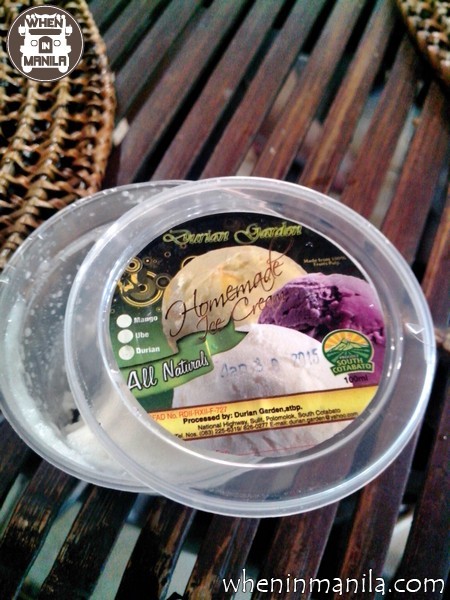
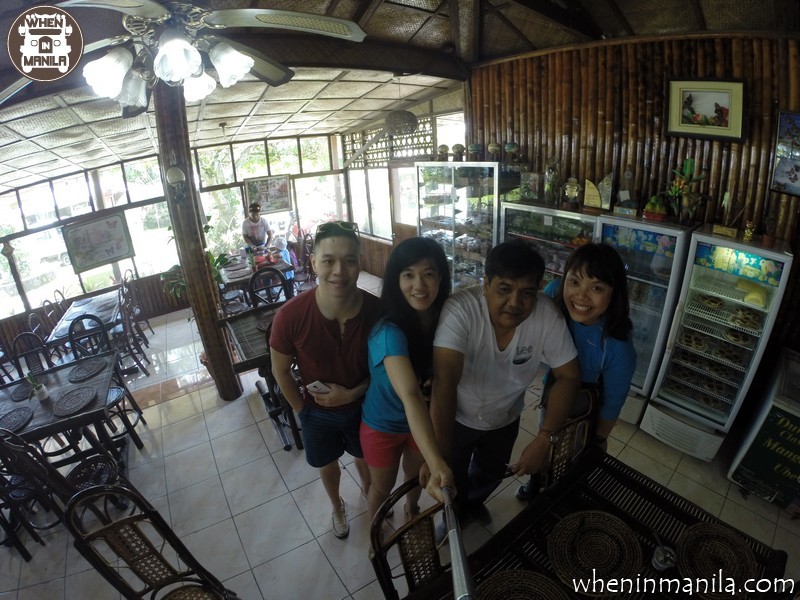
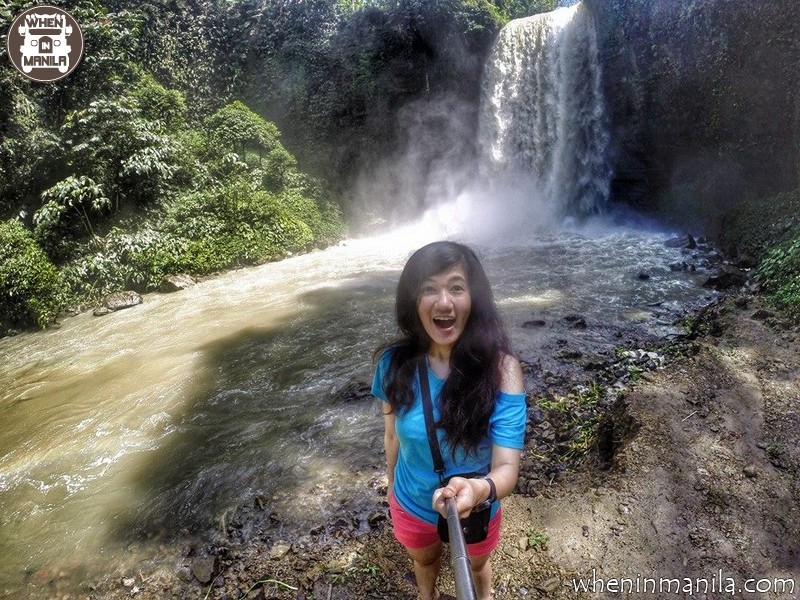
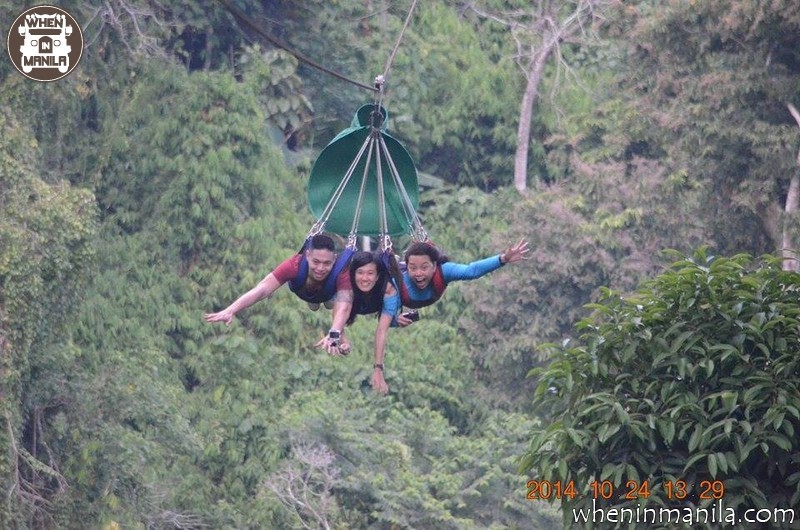
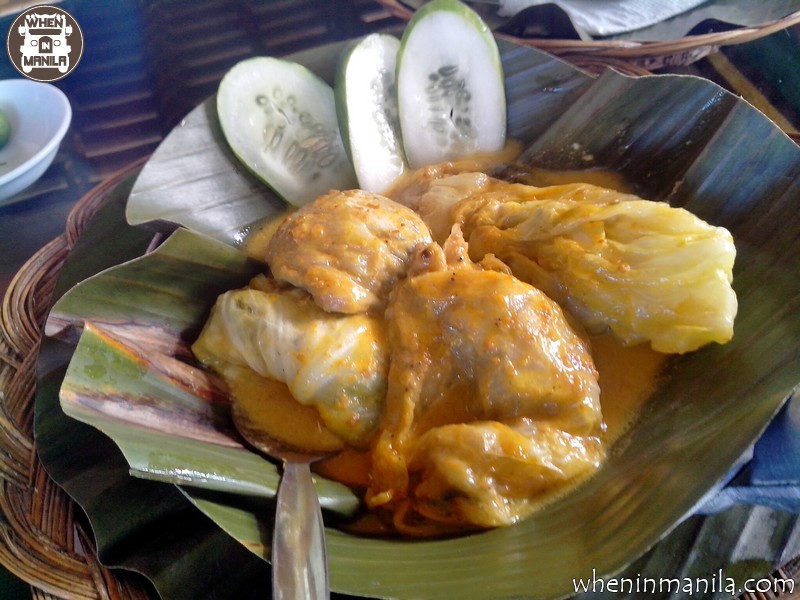
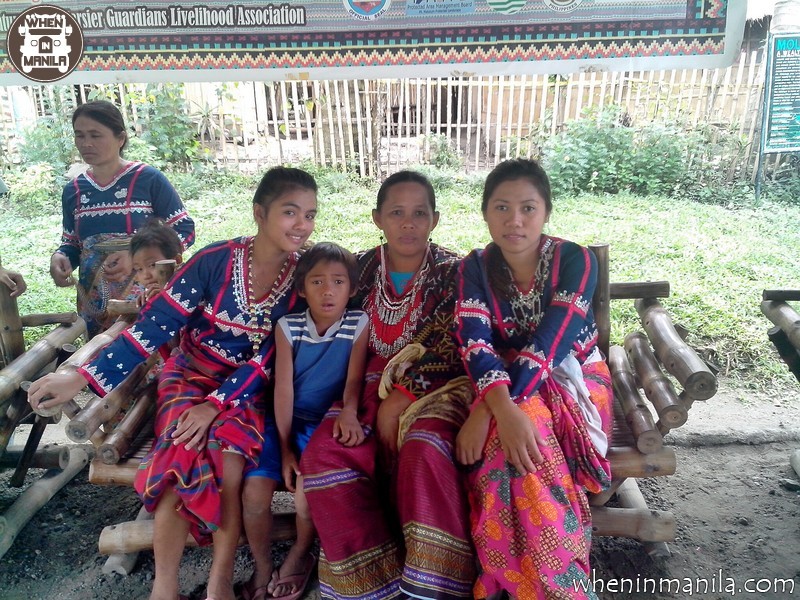
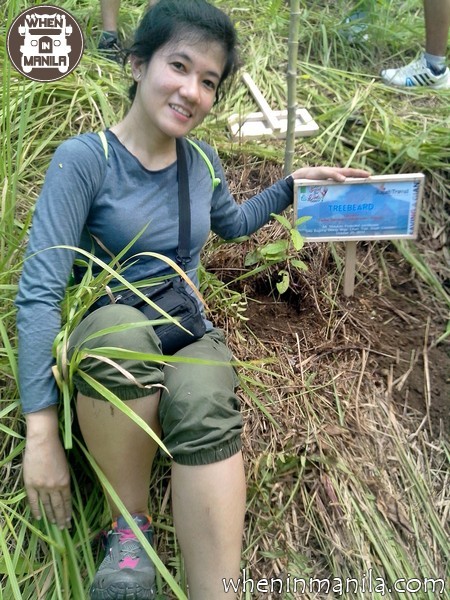





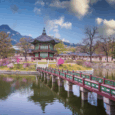

GRANDIOSE yes I was there last January with the head teacher of Marvelous College of Technology Marbel! great to see all the pictures, keep going folk it was great to have seen you all. and the environment is super also from the sip-line.. cheers
There’s actually more in South Cotabato. Have you met our Living Treasure Be’ Lang Dulay, our most treasured Dreamweaver of T’nalak cloth; tasted the sweetest pineapple from our vast Pineapple plantation; climb Lake Holon, the Crown Jewel of the South; and our Cofnit cave; and a lot more! You will surely comeback in South Cotabato. Make it in July, in time for our T’nalak Festival. You will surely enjoy more! Super thanks for this blog..
Thank you for writing a very positive review of our beloved place, South Cotabato especially Lake Sebu. I want to rectify your definition of Lake Sebu as “Lake Lake”. I’m sorry to tell you that Lake Sebu was derived from a Tboli goddess named S’bu, who discovered a secret spring which was revealed to her by a frog hiding under a takul leaf. The lake was formed after goddess S’bu forgot to put the leaf back to where the water sprung out.